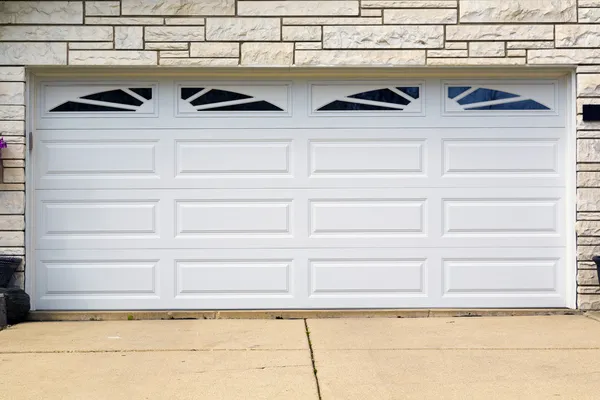Overview of Commercial Door Types and Their Uses
Overview of Commercial Door Types and Their Uses
Blog Article

When it comes to ensuring the safety, security, and accessibility of a commercial space, selecting the right doors is paramount. Commercial doors serve various functions, from providing entry and exit points to enhancing the overall aesthetic of a building. Understanding the different types of commercial doors and the installation process can help business owners make informed decisions that best suit their needs. This guide will walk you through the various types of commercial doors, the installation process, and tips for selecting a reliable installation service.
Overview of Commercial Door Types and Their Uses
Commercial doors come in a variety of types, each designed for specific applications. Understanding these options can help you choose the best door for your business environment.
1. Hollow Metal Doors
Hollow metal doors are known for their durability and security. They are commonly used in industrial settings and high-traffic areas due to their resistance to damage and ability to withstand harsh conditions. These doors are often fire-rated, making them suitable for areas that require fire protection.
2. Wood Doors
Wood doors offer a classic and elegant appearance. They are often used in offices, retail spaces, and establishments where aesthetics are important. While wood doors may not be as durable as metal, they provide a warm and inviting atmosphere.
3. Glass Doors
Glass doors are popular for their modern look and ability to create an open feel within a space. They are frequently used in storefronts and offices where visibility and natural light are priorities. Glass doors can be framed or frameless and can also incorporate security features for added safety.
4. Overhead Doors
Overhead doors, also known as garage doors, are typically used in warehouses and loading docks. They provide easy access for vehicles and can be designed for high traffic and heavy use. These doors come in various materials, including steel and aluminum, and can be insulated for energy efficiency.
5. Automatic Doors
Automatic doors enhance accessibility and convenience, especially in places with high foot traffic. They are commonly found in hospitals, shopping centers, and offices. These doors can be activated by motion sensors or push buttons, making them ideal for people with disabilities or heavy loads.
The Commercial Door Installation Process Explained
The installation of commercial doors is a critical process that ensures proper function and security. Here’s a step-by-step overview of what businesses can expect during the installation:
1. Assessment and Planning
The installation process begins with a thorough assessment of the existing space and the specific requirements of the business. This includes measuring the door frame, considering traffic flow, and identifying any security needs.
2. Material Selection
Based on the assessment, the appropriate door type and material are selected. Factors such as durability, aesthetics, and budget will influence this decision.
3. Preparation
Before installation, the area must be prepared. This may involve removing existing doors, making necessary repairs to the frame, and ensuring that the surrounding area is clear and accessible.
4. Installation
Once preparations are complete, the door is installed. This involves securing the door to the frame, ensuring proper alignment, and testing functionality. For automatic doors, electrical connections will also be made during this phase.
5. Final Inspection
After installation, a final inspection is conducted to ensure everything is functioning correctly. This includes checking for smooth operation, proper sealing, and adherence to safety standards.
Choosing the Right Commercial Door Installation Service
Selecting a reliable installation service is crucial for ensuring that your commercial doors are installed correctly. Here are some tips to guide your selection:
1. Experience and Expertise
Look for companies with extensive experience in commercial door installation. An established service provider will have a proven track record and knowledge of various door types and their specific installation requirements.
2. References and Reviews
Ask for references and read customer reviews. Hearing from previous clients can provide valuable insights into the quality of service and reliability of the installation company.
3. Licensing and Insurance
Ensure that the installation service is properly licensed and insured. This protects both you and the company in case of accidents or damages during the installation process.
4. Warranty and Support
Inquire about warranties on both the doors and the installation services. A reputable company will stand by its work and offer support in case any issues arise post-installation.
In conclusion, understanding the types of commercial doors available, the installation process, and how to select a reliable service provider can significantly impact the functionality and safety of your business. For professional assistance with commercial door installation, consider reaching out to a trusted provider for guidance and service tailored to your needs. For more information about commercial door installation, visit Goldie Garage Doors.
Report this page